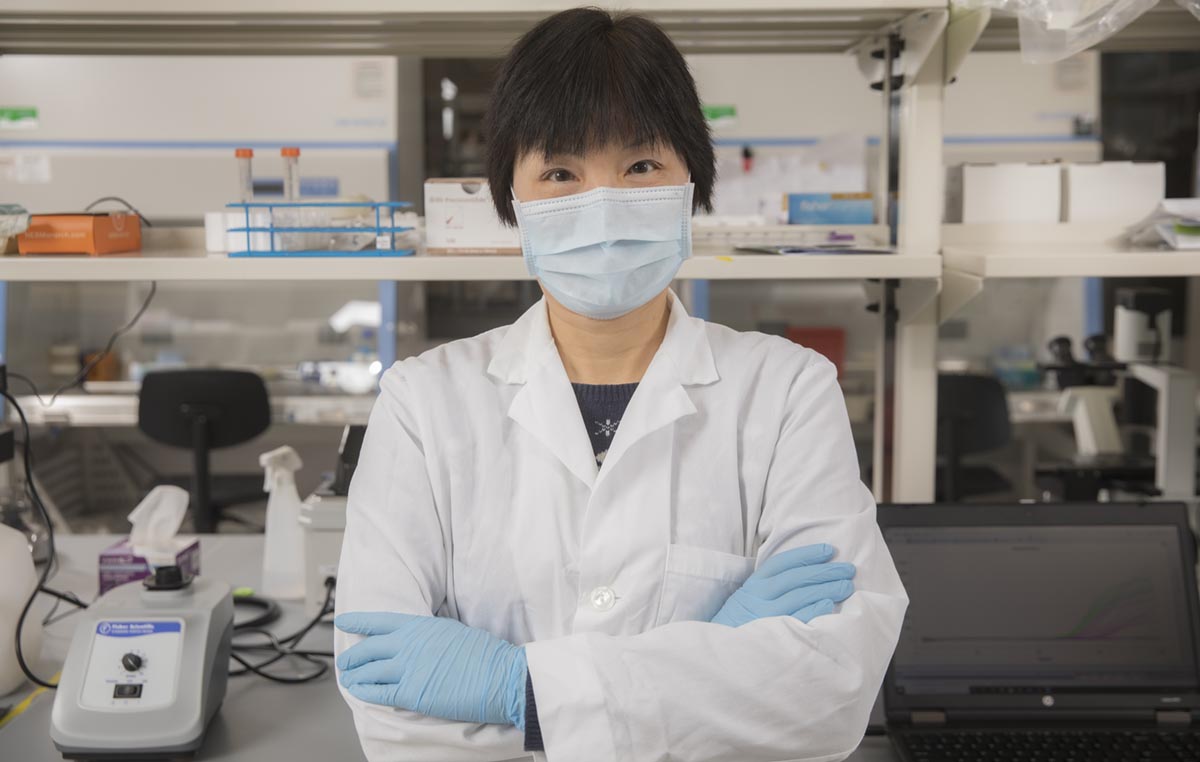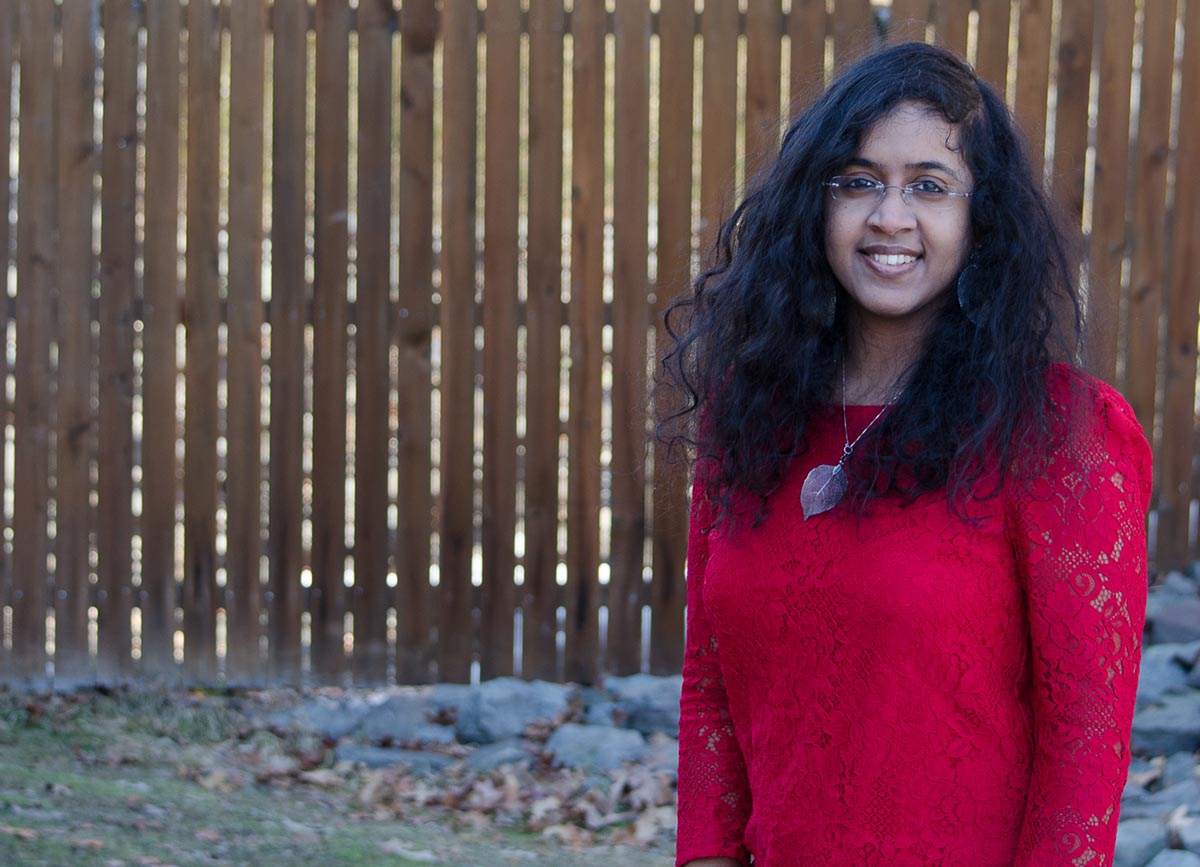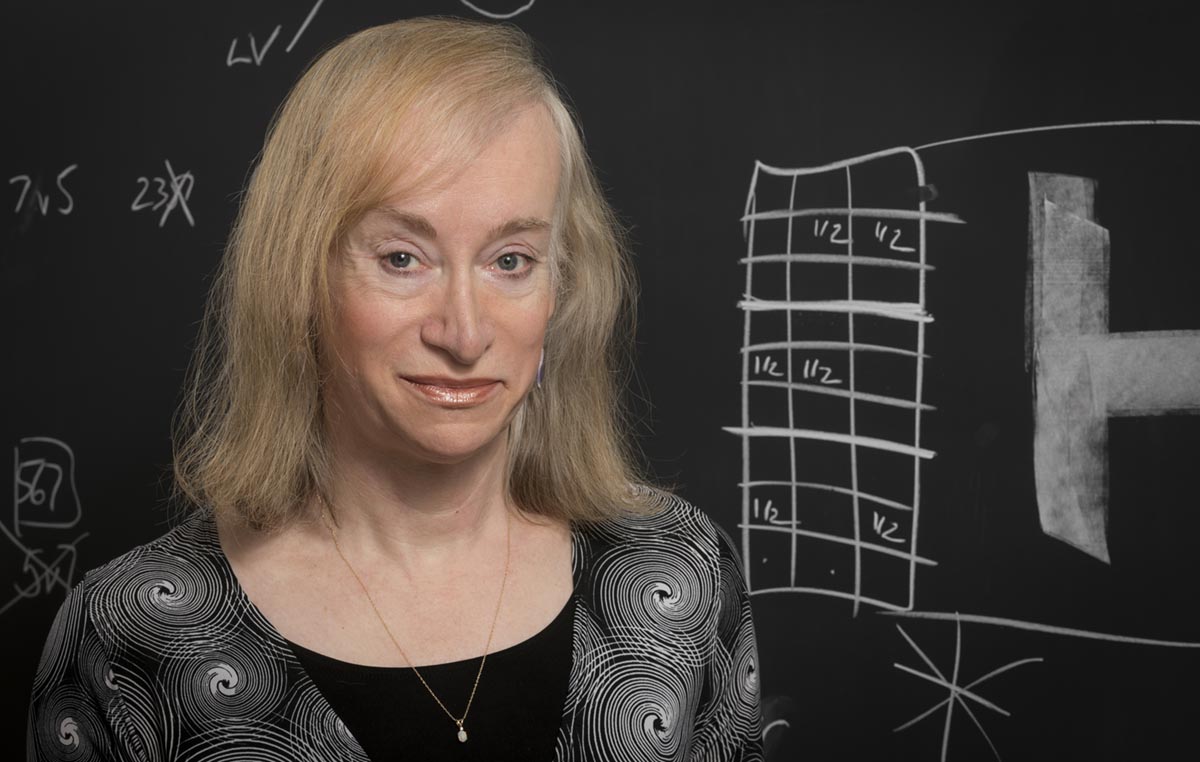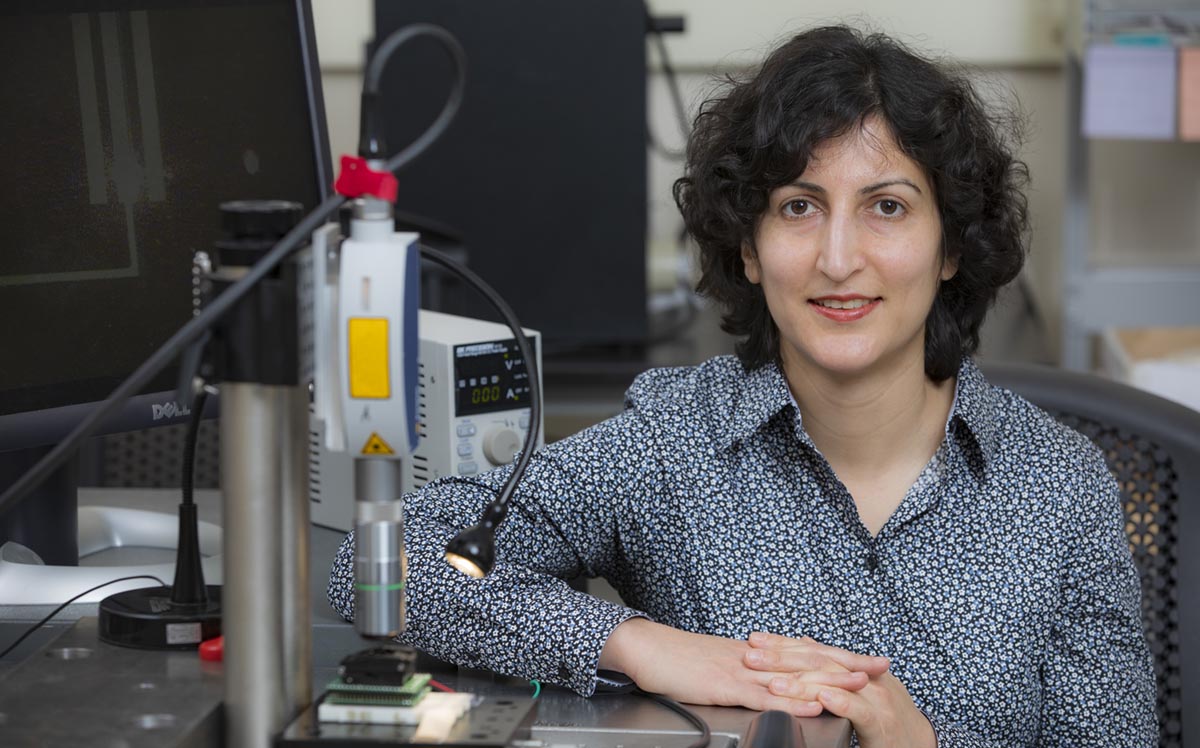Different paths lead women professors to Watson College
Faculty members discuss challenges, rewards and mentoring the next generation of women in engineering

In 2021, women still face obstacles when entering STEM fields. According to research by the Society of Women Engineers, they make up only 13% of U.S. engineers and just 26% of computer scientists.
While there is still work ahead to encourage more into engineering careers, the percentage of women undergraduate and graduate students at Watson College has risen from 15% in 2010 to 25% in 2020. Likewise, the percentage who are tenured and tenure-track Watson faculty has gone from 13% to 20% in the same period.
Women faculty members not only impart knowledge in the classroom, but also serve as role models when Watson graduates join the ranks of industry and academia. We talked to one professor from each department about their personal and professional journeys as well as how to attract more women to engineering and computer science.
Sha Jin
PROFESSOR AND UNDERGRADUATE DIRECTOR, BIOMEDICAL ENGINEERING
- Joined faculty: 2014
- Research areas: Tissue engineering and regenerative medicine
Biomedical engineering has a higher ratio of women to men than other disciplines. At Watson and BME departments at other universities, more female students are encouraged to be young scientists in STEM careers or to become faculty members. This is because many women are interested in healthcare-related topics.
Biomedical engineering tackles almost all kinds of human health problems, such as cancer, heart disease, diabetes and brain disorders in order to improve human health. Biomedical engineering is integrated with bioengineering, biomaterials science, biological science, biochemistry, biomechanics, electrical engineering and chemical engineering.
Every year, I attend recruiting events where we meet 11th- and 12th-graders and their parents. These high school students are interested in the research fields that we are working on. But some students ask about prosthetics or biorobotics research and courses. They want to know what kind of research would be offered to them as undergraduates. If we want to attract more students to STEM fields, it’s important that we have faculty members doing a variety of different research that will cover most students’ interests so they will choose to study for their bachelor’s degrees here.
Arti Ramesh
ASSISTANT PROFESSOR, COMPUTER SCIENCE
- Joined faculty: 2017
- Research areas: Machine learning, artificial intelligence, data science
Growing up in India, I can remember several instances where stereotypes involving women were thrust onto me. For example, somebody once told me, “You’re so good at academics — it’s a pity you’re a woman.” It takes a lot of effort and determination to overcome such ingrained societal stereotypes.
As a teen, there were primarily two career options for me: medicine or engineering. Though I was interested in studying biology and then pursuing medicine, the very first day I walked into a computer lab changed everything for me. I realized how much I loved computers and decided to pursue computer science as my career.
Being from an academically inclined family with highly educated parents, I was fortunate to know the value of education, and that inspired me to pursue a master’s degree. But pursuing a PhD involved introspection, talking to and getting inspiration from the other PhD students and faculty who were my role models.
Everything I am today I owe to my PhD advisor, Professor Lise Getoor [currently at University of California at Santa Cruz]. I loved how she conducted our meetings, how she carried herself and how she commanded respect. She inspired me to become a faculty member. She cares deeply about her students and treats them like family, which has led me to do the same with my students.
Jessica Fridrich, PhD ’95
DISTINGUISHED PROFESSOR, ELECTRICAL AND COMPUTER ENGINEERING
- Joined faculty: 1995
- Research areas: Steganography, steganalysis and digital forensics
We need to reach out to girls about STEM careers earlier than college. We need to start in elementary, middle and high school. This is why I like Girls Who Code and programs that are focused on girls to ignite their interest in technical subjects.
For example, in Romania, they are really great mathematicians. Even though they are a relatively small country, they post really well in mathematical Olympiads on the high school and university levels. If you look at the composition of the teams, there are a lot of girls there. They do something right. These Olympiads have a tradition there, everybody is encouraged, they don’t create any biases for participation and it bears fruit. That’s more what it should be.
On the university level, as you see more women becoming faculty members, they will serve as examples for students. There will be positive feedback generated.
All of this is leading by example. There are no boundaries. If you point the educational system a certain way, you will see things change.
Shahrzad ‘Sherry’ Towfighian
ASSOCIATE PROFESSOR, MECHANICAL ENGINEERING
- Joined faculty: 2013
- Research areas: Microelectromechanical systems and mechanical vibration
In Iran, I was brought up in a family that encouraged education. My dad’s expectation was that I would be an engineer or a doctor, and I didn’t want to be a doctor! I really liked math very much during elementary, middle and high school, so I liked engineering as a path.
During high school, I enjoyed studying mechanics and dynamics, so that’s why I chose mechanical engineering. I received a lot of support and encouragement from my family during my education.
The environment in Iran was different. Here, my son is in the fourth grade, and it’s surprising to me that, unfortunately, kids are learning in school that girls are not strong in math. Where do they get that from? That was not the case for me. Of course, in Iran the schools for girls and boys were separate, but we never felt that the girls were behind.
Everything starts with the family. How do parents talk to girls? What are they really thinking, and how are they conveying that to their kids? If they think that girls should not go into engineering and they’re not good at math, that transfers to the kids. If they believe in their kids, the girls don’t get that idea.
Bing Si
ASSISTANT PROFESSOR, SYSTEMS SCIENCE AND INDUSTRIAL ENGINEERING
Joined faculty: 2018
Research areas: Statistical modeling and machine learning in healthcare
When I was studying for my PhD at Arizona State, I was very lucky to be guided by a woman faculty advisor, Professor Jing Li, who is currently at the Georgia Institute of Technology. Professor Li was very helpful, not just from an academic perspective, but also for sharing her life experience and wisdom with her students, including me. You can imagine how her support and her role in my academic world and my personal world were very important.
Professor Li encouraged me to attend the Grace Hopper Celebration, named after a computer science pioneer. The conference invites only women students, researchers and working professionals. It offers many opportunities there for undergraduates and graduate students to get in touch with scholars and professionals.
Now at Binghamton, I have a PhD student and a master’s student who are young women. Both of them perform very well in my classes and are doing research with me. I recruited them based on their academic performance and interests. I didn’t even think of it as recruiting women students, but I do feel like I am passing on the spirit I got from my advisor and others along my own academic journey.




